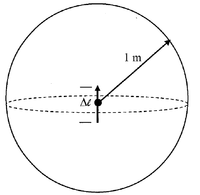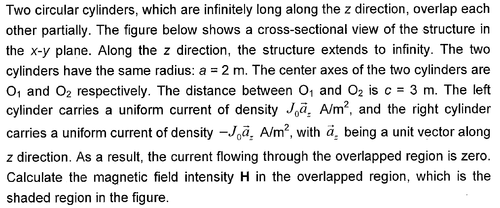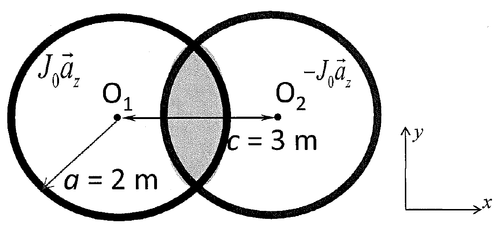| Line 32: | Line 32: | ||
=Solution= | =Solution= | ||
| − | [[ | + | :'''Click [[ECE_PhD_QE_FO_2013_Problem2.1|here]] to view student [[ECE_PhD_QE_FO_2013_Problem2.1|answers and discussions]]''' |
| − | + | ||
| − | + | ||
| − | + | ||
| − | + | ||
| − | + | ||
| − | + | ||
| − | + | ||
| − | + | ||
| − | + | ||
| − | + | ||
| − | + | ||
| − | + | ||
| − | + | ||
| − | + | ||
| − | + | ||
| − | + | ||
| − | + | ||
==Question 3== | ==Question 3== | ||
| Line 57: | Line 40: | ||
=Solution= | =Solution= | ||
| − | + | :'''Click [[ECE_PhD_QE_FO_2013_Problem3.1|here]] to view student [[ECE_PhD_QE_FO_2013_Problem3.1|answers and discussions]]''' | |
| − | + | ||
| − | + | ||
| − | + | ||
| − | + | ||
| − | + | ||
| − | + | ||
| − | + | ||
| − | + | ||
| − | + | ||
| − | + | ||
| − | + | ||
| − | + | ||
| − | + | ||
| − | + | ||
| − | + | ||
| − | + | ||
| − | + | ||
| − | + | ||
| − | + | ||
| − | [[ | + | |
| − | + | ||
| − | + | ||
| − | + | ||
| − | + | ||
| − | + | ||
| − | + | ||
| − | + | ||
| − | + | ||
| − | + | ||
| − | + | ||
| − | + | ||
| − | + | ||
| − | + | ||
| − | + | ||
| − | + | ||
| − | + | ||
| − | + | ||
| − | + | ||
| − | + | ||
| − | + | ||
| − | + | ||
| − | + | ||
| − | + | ||
| − | + | ||
| − | + | ||
| − | + | ||
| − | + | ||
| − | + | ||
| − | + | ||
| − | + | ||
| − | + | ||
| − | + | ||
| − | + | ||
---- | ---- | ||
[[ECE_PhD_Qualifying_Exams|Back to ECE Qualifying Exams (QE) page]] | [[ECE_PhD_Qualifying_Exams|Back to ECE Qualifying Exams (QE) page]] | ||
Latest revision as of 21:52, 24 April 2017
Fields and Optics (FO)
Question 1: Statics 1
August 2013
Question 1
Solution
- Click here to view student answers and discussions
Question 2
Solution
- Click here to view student answers and discussions
Question 3
Solution
- Click here to view student answers and discussions






